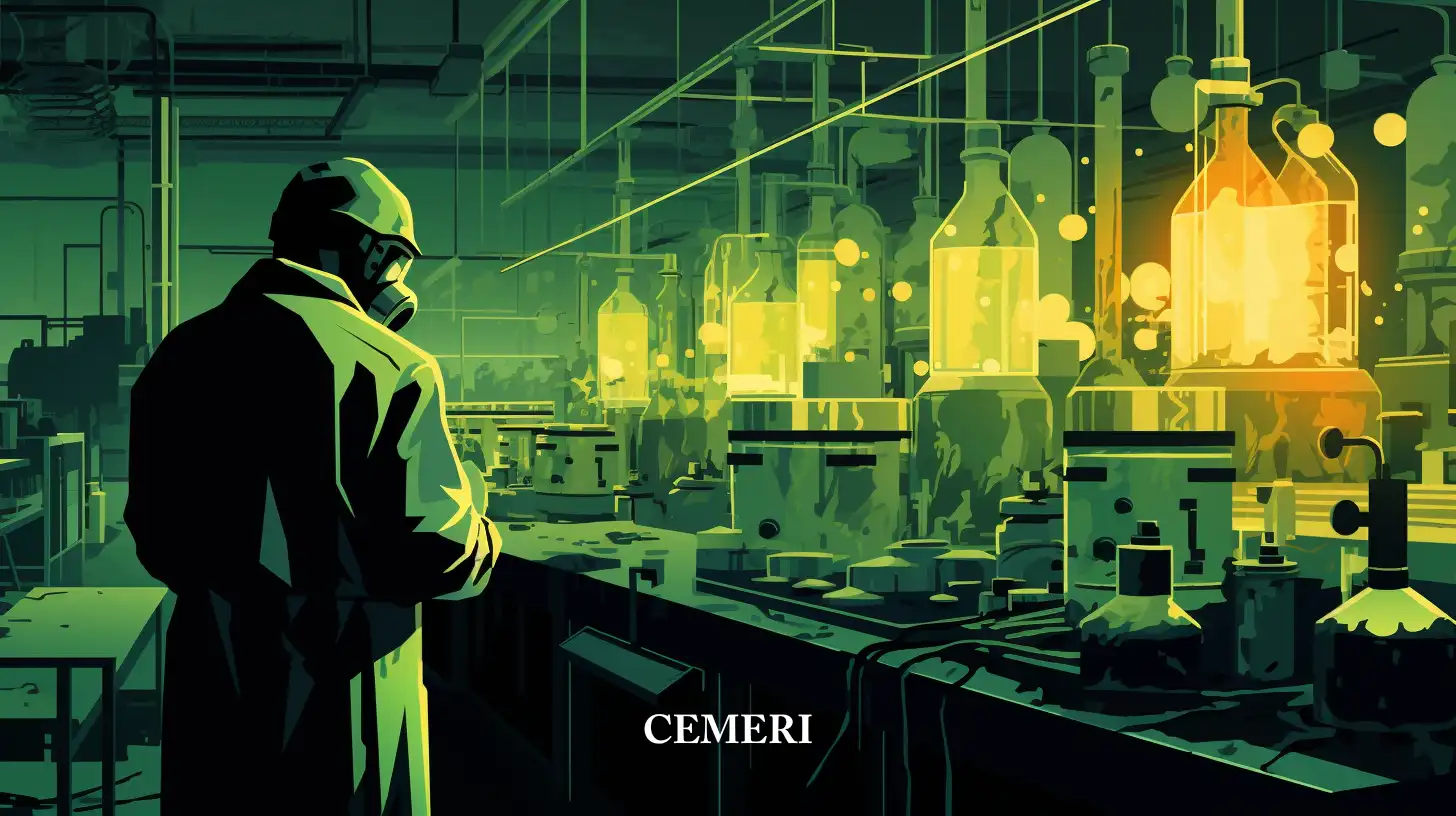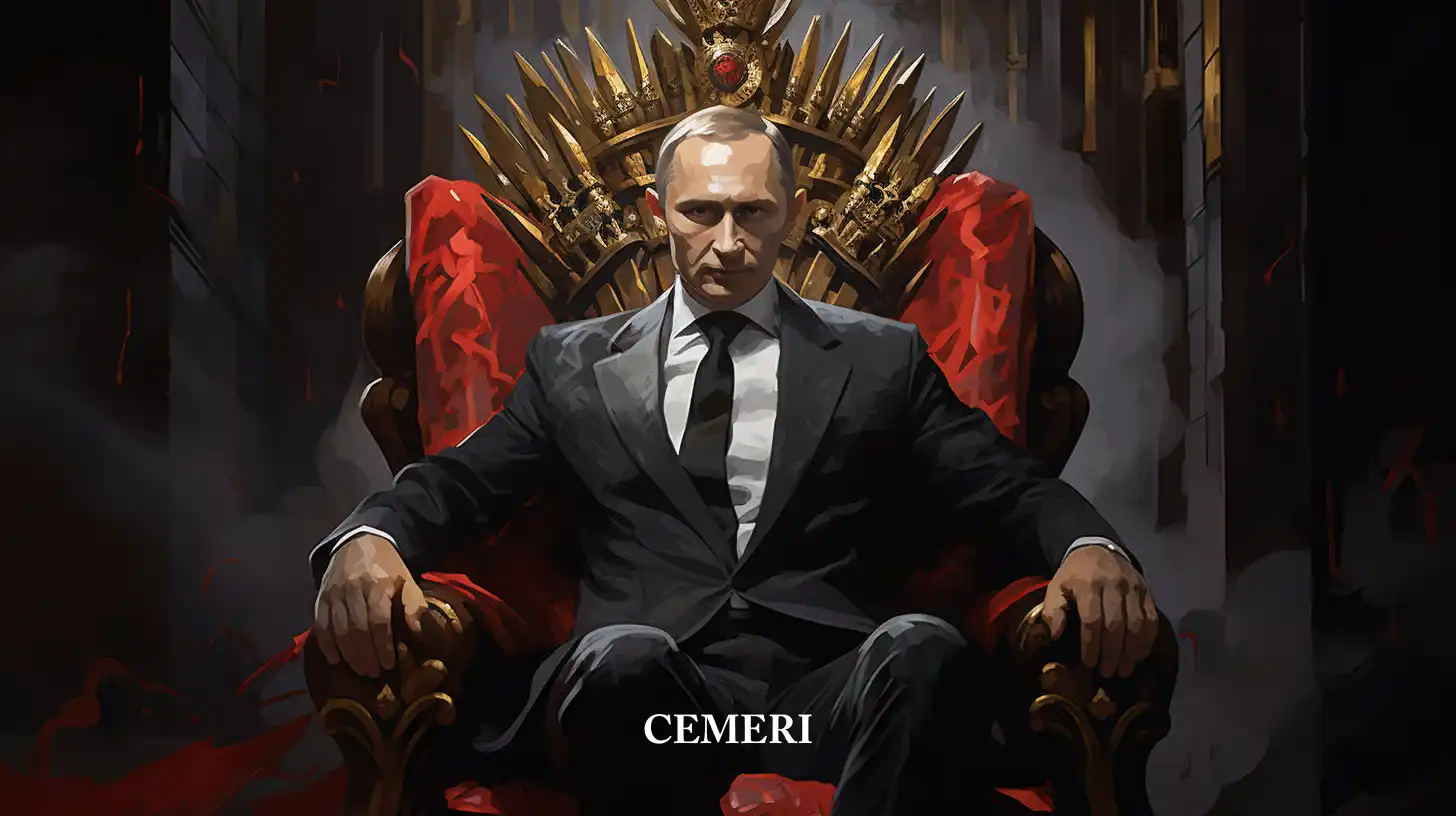Analysis
Diana Villalbazo
Why does Iran represent a danger to the West?
- The new law in Tehran increases uranium enrichment Could it be a cause of nuclear conflict?

On December 2, 2020, the Guardian Council in Iran approved a new law that seeks to stop reviews by international actors such as the United Nations Organization of its nuclear facilities, in addition to increasing its enrichment program in terms of uranium.
The new precept determines a possible increase of the radioactive metal to 20%, this exceeds the nuclear agreement in 2015 signed by Tehran, the United States, France, the United Kingdom, Germany, China and Russia. The measures adopted were a consequence of the complicated relationship that the country maintains with the United States and which worsened with the alleged accident involving Mohsen Fakhrizadeh – the father of the Iranian nuclear program – which was attributed to Israel by various military commanders. [1]
For his part, President Hassan Rouhani does not agree with the decision taken by Parliament, because he fears that the diplomatic relations that are still maintained with the West could be affected and consequently the sanctions imposed on Iran during the development of their nuclear technology, return to the hostility employed before the Joint Comprehensive Plan of Action.
President Hassan Rohani considers Tehran's new law a threat.
In addition, the plan proposes the establishment of factories with the objective of producing uranium in Isfahan and enrichment activities with 1000 advanced IR-2M centrifuges in Natanz, directly opposing the nuclear pact, since only the use of centrifuges of first generation, while the violations committed by Iran in relation to the agreements signed in Vienna would continue to be committed. [2]
Iran justifies its atomic program by stating that its objective with the increase in radioactive metal is to satisfy the needs of power plants, since regardless of its functionality for the manufacture of nuclear weapons, it can also be used as fuel for specialized machinery. However, given the tension that remains in the area, uranium is a latent concern in the international situation.
When analyzing the aforementioned, it is inevitable to think about the imminent danger that the increase in uranium inside Iran could represent for the international community. This is how questions arise regarding the future of the relations it maintains with Western democracies, the role it occupies as a strategic point within the Middle East and whether it is planned to carry out a nuclear bomb with the new law approved by Parliament.
Relationship with the United States
The relationship with the North American country was not always one of tension, there was a time when both countries were considered allies. However, in 1953 Mohammad Mosaddeq – Prime Minister in Iran – nationalized Iranian oil, consequently the United Kingdom, which had been the country with the greatest control over the non-renewable resource supported by the CIA, managed to carry out a series of coups that culminated in the overthrow of the leader.
The power vacuum was quickly filled by Shah Reza Pahlavi, however, by maintaining a close relationship with the United States, anti-American sentiment among the Iranian population developed led by Khomeini. [3]
Subsequently, with the Iranian opposition, which maintained heterogeneity but was analyzed with the radical Islamists as the majority, an Islamic revolution began in 1979 due to the authoritarianism and corruption of the then president that culminated in the positioning of Ayatollah Ali Khomeini as a religious leader. of the Islamic State.
In this period of political instability, there were a variety of social movements put into practice by radical student groups at US embassies, through which hostages were taken at diplomatic headquarters. These acts had reprisals in the foreign policy of the country because the product of this was the rupture of diplomatic relations with the United States and the tension between the countries that continues to this day.
Ayatollah Ali Khomeini, religious leader of Iran after the Islamic revolution.
Source: Los Angeles Times.
As for the internal confrontations in the Middle East, in 1980 the war with Iraq began, which is why it was sought to obtain weapons for the warfare, the same weapons that were provided by the US government to the Saddam Hussein regime in the presidency of Ronald Reagan. Consequently, the US headquarters still in Iran were constantly attacked to represent their dissatisfaction.
Five years later, Hezbollah was founded – made up mostly of a Shiite population – responding to the multiplicity of internal and external elements for the creation of the "Party of God" with the aim of expanding the Islamic revolution to other parts of the region. [4]. Likewise, what happened was not to the liking of Israel as the main ally of the United States in the area, since the foundation represented a permanent risk as it was considered a terrorist, in addition to the fact that these countries had been declared national enemies in Iran.
In addition, one of the direct attacks by the United States can be analyzed as the shooting down of an Iranian plane in 1988 by a US warship, which argued that there were suspicions of terrorist actions with the commercial plane. To date, the North American country has not issued an apology on this issue. [5]
As a result of the attacks on the Twin Towers on September 11, 2001, President George W. Bush names the "axis of evil" organized by Iran, Iraq and North Korea. In this period, concern about the Iranian nuclear program developed and the risk it could represent in the international community if uranium enrichment within the area increased.
Iranian Nuclear Project When did it all start?
Iran's position in the world was of great importance because it was not in favor of the Western or Eastern camp, but rather sought to keep its interests afloat. In 1967, when Shah Reza Pahlavi was in power, he initiated the nuclear project by buying a reactor from the United States, a country that during the time supported Iran through supplies to help with its expansionist objectives that were consistent with US interests in the zone. [6]
It should be noted that before the 2015 nuclear agreement, the 1970 Treaty on the Non-Proliferation of Nuclear Weapons had been presented, with which the member states sustained economic and security support. This treaty also allowed the right to research, produce and use nuclear energy as long as it had specific purposes, which is why it initially recognized the United States, the Soviet Union, the United Kingdom, France and China as nuclear states. [7]
The technology of the Iranian nuclear program has been declared under an ideology of a pacifist nature, however, the provisions of the NPT have been questioned with the acquisition of centrifuges for uranium enrichment, since these practices are used for the creation of atomic bombs. However, Iran together with North Korea belong to one of the nuclear proliferation rings for which AQ Khan – father of the Pakistani bomb – is responsible and provides weapons for the expansion of nuclear materials.
The rise of Ayatollah Khomeini as spiritual leader of the State, caused a change in the foreign policy that was maintained with the North American country and this influenced the nuclear project since it represented a stage of stagnation that would end with the mandate of Hashemi Rafsanjani, in the that tensions with the West increased while George W. Bush was in power. In addition to taking into account the president's policy of dialogue and harmony with conservative Arab countries, in addition to the reestablishment of relations with Egypt. [8]
After the conflicts that took place with Iraq, the construction of the Bushehr nuclear plant was completed in 1995 through the agreement with Russia, which had as its main objective the construction of the plant by the Russian company "Rosatom". However, the increase in uranium enrichment by Iran in 2002 violates the NPT of which Russia is a part, causing the interruption of the contract.
Iran, in accordance with the regime established in the NPT and with the International Atomic Energy Agency, had declared not to exceed the limit of 3.5% of uranium 235, since this would be sufficient to satisfy nuclear power plants for civil use. Despite this, international concern over the atomic acts of the Islamic Republic led to the Paris agreements in 2003, with France, the United Kingdom and Germany participating in monitoring the centrifuges in Iran and confirming the non-creation of nuclear weapons.
Why is the nuclear issue in Iran particularly important now?
Since the assassination of General Qasem Soleimani in a US attack during the term of Donald Trump, tensions between the two countries gradually increased as Ayatollah Khomeini promised revenge for the events that occurred. That is why, despite the 2015 agreement made during the presidency of Barack Obama that determined the lifting of trade sanctions imposed on Iran in exchange for its reduction in uranium enrichment, it is beginning to be threatened. [9]
In 2018, Benjamin Netanyahu - Israeli Prime Minister - maintained the danger posed by the development of nuclear weapons in Iran, as a result, Donald Trump announced the reinstatement of trade sanctions against Iran, to which the European Union joined since the countries If they continued to import Iranian oil, they would be threatened with drastic sanctions, as well as US withdrawal from the 2015 nuclear deal.
These acts have contributed to the Islamic Republic looking for new ways to meet the needs of the population, since the sale of Iranian oil has been greatly restricted. President Hasan Rohani responded to the threat of a blockade in the Persian Gulf and stated that if the sanctions continued. Iran would act with "the mother of all wars"; uranium enrichment begins at this point.
In this sense, the European Union seeks to avoid a confrontation with the Middle East on the international stage, which is why Federica Mogherini – EU foreign policy chief – seeks to reduce the sanctioning measures exposed by Washington to Tehran, despite which she is unable to success in doing so and a year later, Iranian state organizations are declared terrorist. [10]
In turn, the next president of the United States – Joe Biden – has declared that he wishes to return to a policy of international cooperation with the Middle East through the Comprehensive Joint Plan of Action during the presidency of Barack Obama, since what he intends to avoid it is the escalation of a conflict that could involve nuclear weapons. In this sense, foreign relations with Iran remain under uncertainty with the progress of nuclear technologies and the question remains as to what will happen now with the impediment of reviews by the UN.
Sources
[1] BBC News Mundo. 2020. Crisis nuclear de Irán: la controversial nueva ley de Teherán para restringir los controles a su programa nuclear. BBC News Mundo, 3 de diciembre.
[2] Reuters. 2020.Irán aprueba una ley para suspender las inspecciones de su programa nuclear. El país, 2 de diciembre, sección Internacional.
[3] Fontana Josep. 2011. Los años setenta: el inicio de la gran divergencia. En Por el Bien del Imperio. 8ª ed. 526 – 566. México: Pasado y Presente.
[4] Cuéllar Alba Angélica. 2014. Una aproximación conceptual y práctica al fenómeno del terrorismo suicida: El caso de Hezbollah. Relaciones Internacionales 46 (octubre): 21 – 44.
[5] Martin Muno. 2020. Décadas de enemistad: cronología de las relaciones entre Estados Unidos e Irán. Dw – Made for minds, 3 de enero, sección Política.
[6] Kamran Vahedi. 2019. Tensiones entre Irán y Estados Unidos: causas y estrategias. Instituto Español de Estudios Estratégicos 99 (noviembre): 1 – 21.
[7] Instituto Español de Estudios Estratégicos. 2007. Irán, potencia emergente en Oriente Medio. Implicaciones en la estabilidad del mediterráneo. Ministerio de Defensa 137 (julio): 21 – 56.
[8] Ibidem.
[9] Roberto Toscano. 2016. Obama y el acuerdo nuclear con Irán. Barcelona Centre for International Affairs.
[10] Ídem.

